Diabetes management has come a long way in recent years with advancements made in continuous glucose monitoring, artificial pancreas devices, and drugs used to treat the disease. Now, researchers at Purdue University have developed a way to monitor glucose levels through new soft contact lens technology.
In addition to sensing glucose in the tears produce by the eye, the contact could also be used to deliver drugs into the eye while correcting vision. The researchers say that their ultrathin conformal sensor circuit overcomes previous challenges in development which required the use of rigid contact lenses to support the circuitry.
“We developed a very unique technology that enables the integration of thin film sensors with a commercially available soft contact lens,” Chi Hwan Lee, an assistant professor of biomedical engineering and mechanical engineering at Purdue University. “These current hydrogel-based contacts serve as the perfect platform for smart lens systems due to their high degree of comfortability, biocompatibility, breathability and long-term wearability. Before our discovery, it was challenging to fabricate high-performance electronics on commercially available soft contact lenses.”
The contact lens is capable of continuously monitoring glucose levels as well as the amount of lactose and the pH of the eye. Not only does this input provide information about how well a patient’s diabetes is being managed, but it also helps physicians understand the oxygenation level of the ocular tissue as well as the overall health of the eye.
Lee and his team say that their ability to integrate a number of different semiconductor devices with commercially-available soft contact lenses means they could address multiple needs in ophthalmic care.
“This technology is highly novel and will significantly expand the functionality of existing soft contact lenses,” said Lee. “This technology will also form a basis to further extend the functionality of the smart soft contact lens system for many other envisioned applications, including controlled release of ocular drugs, eye-wearable night vision and augmented reality.”
While the team is still studying the lens, they have already been granted a patent on the technology allowing them to license it out to medical device developers.
These Purdue University researchers aren’t the only ones studying how contact lenses could be used to better monitor glucose control in diabetics. Google’s life science branch Verily is working with Novartis’ Alcon division to develop a similar glucose-monitoring contact lens.


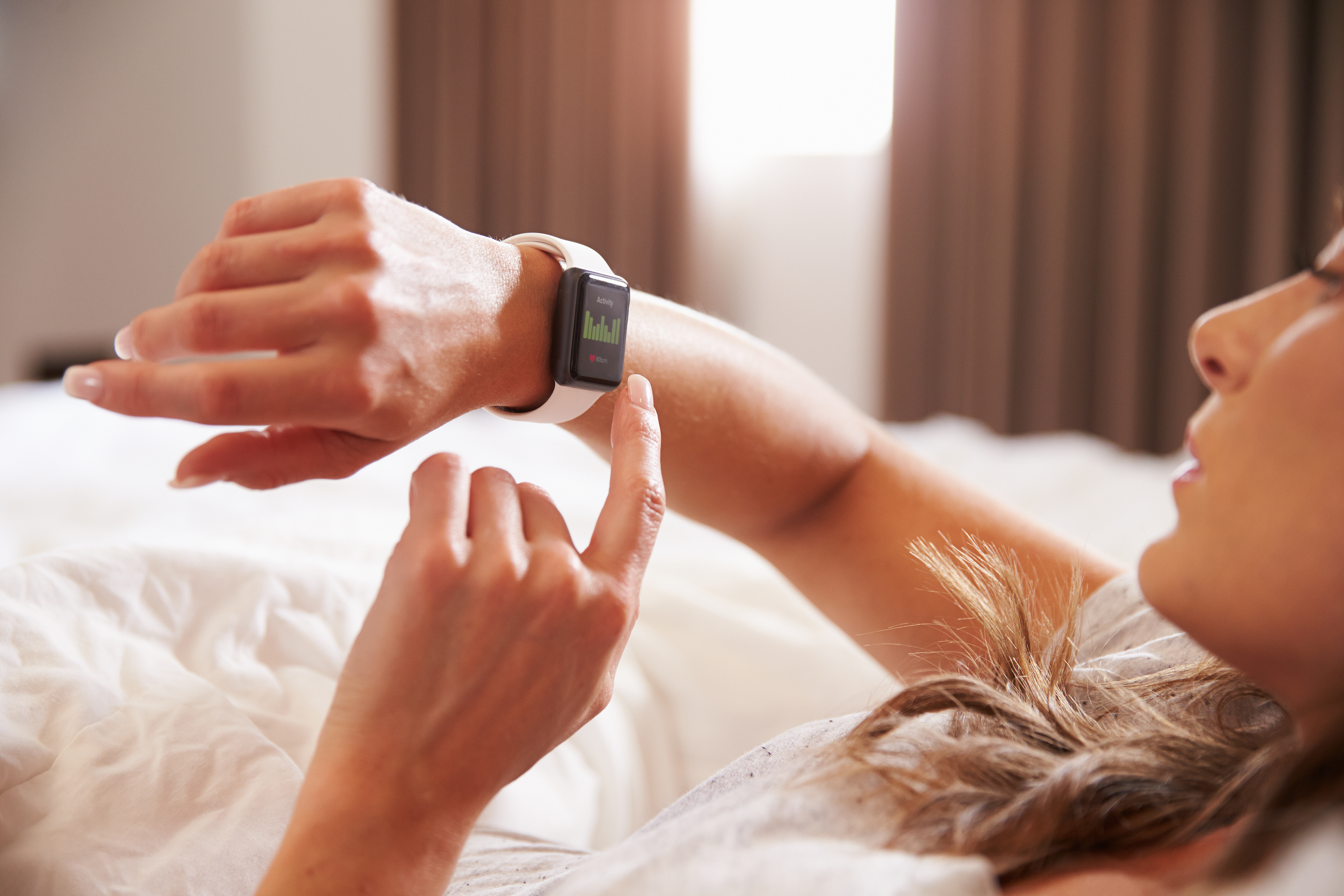
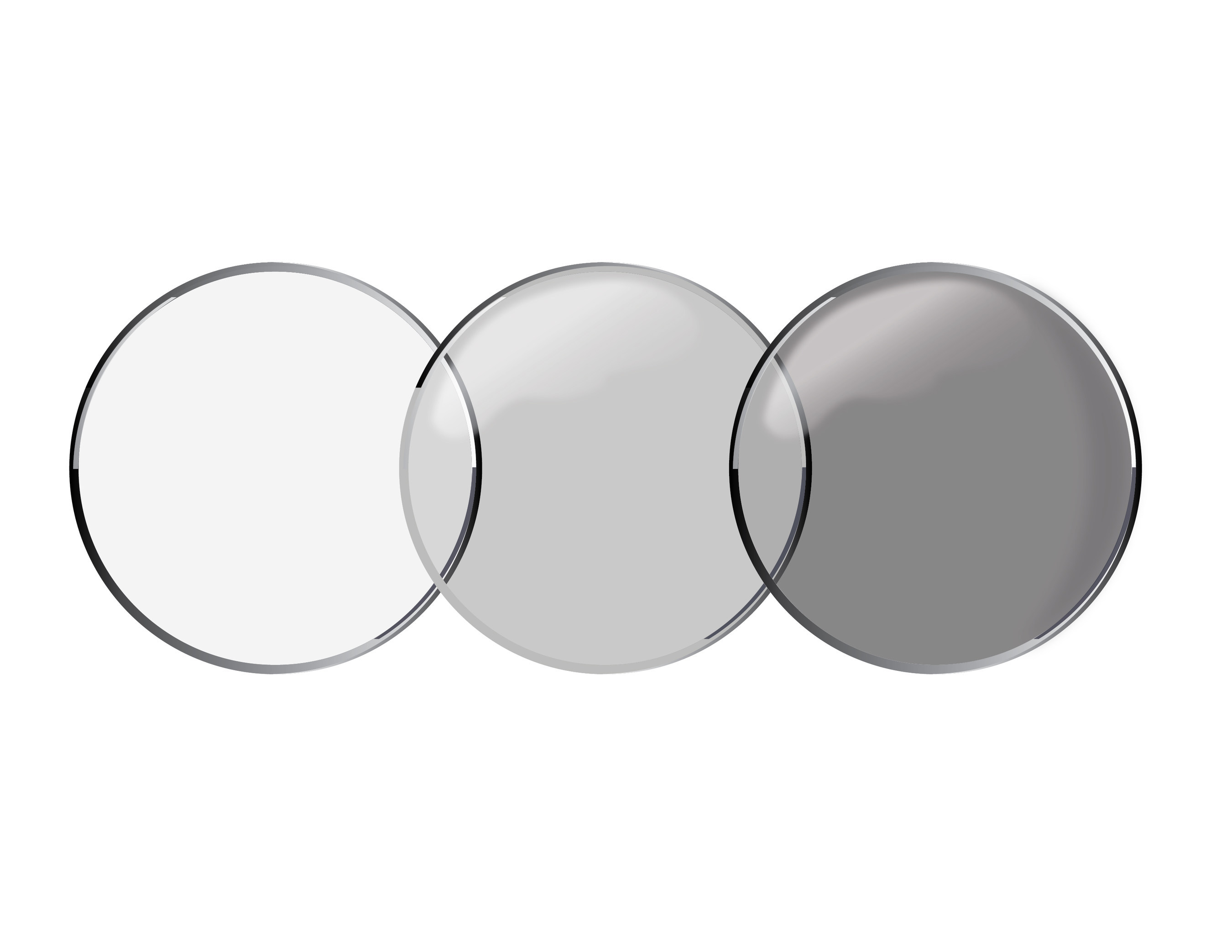
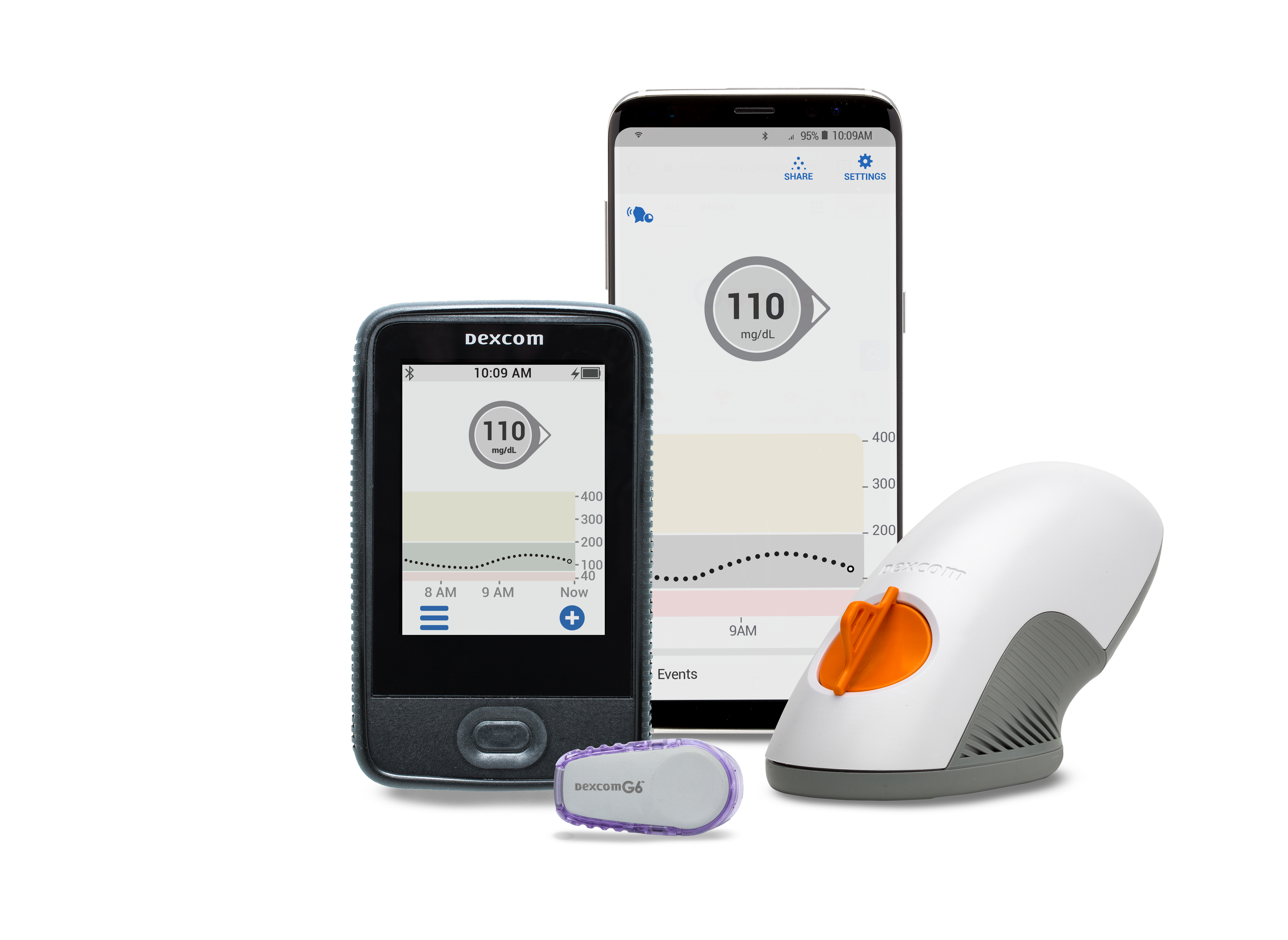
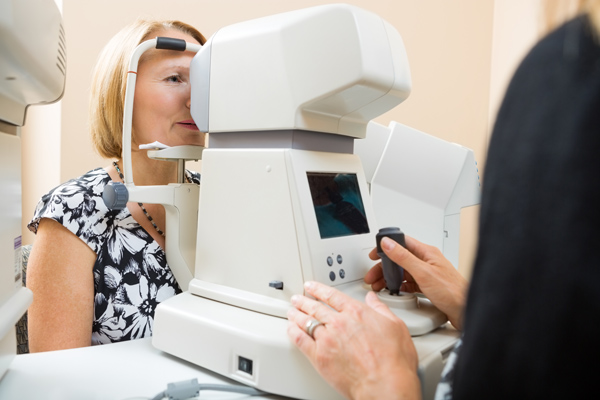
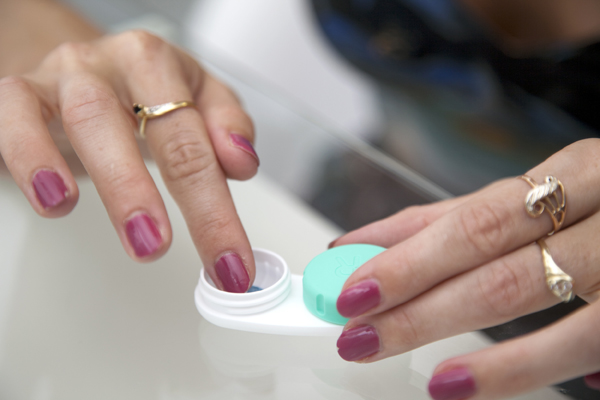





Join or login to leave a comment
JOIN LOGIN